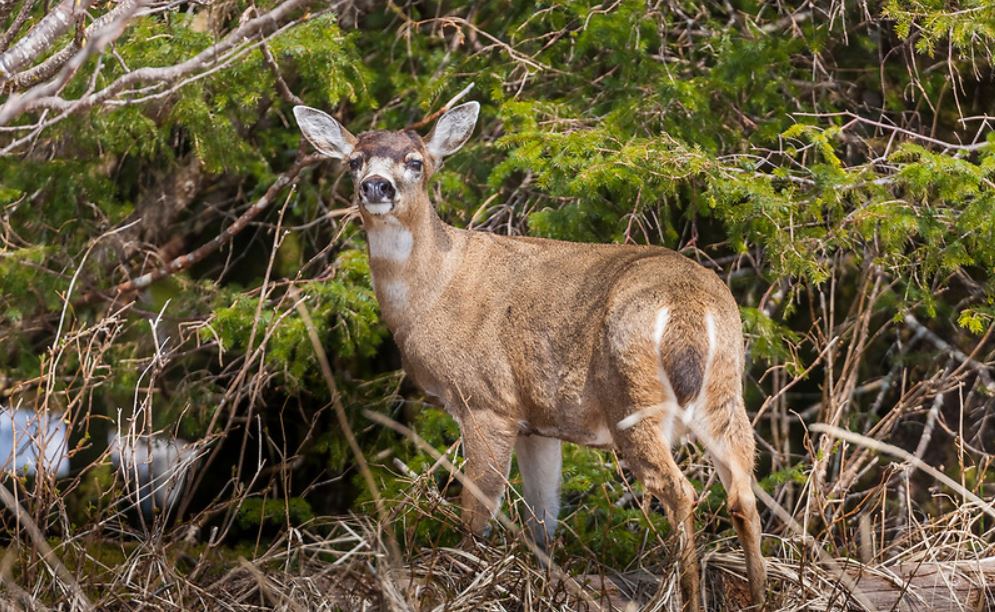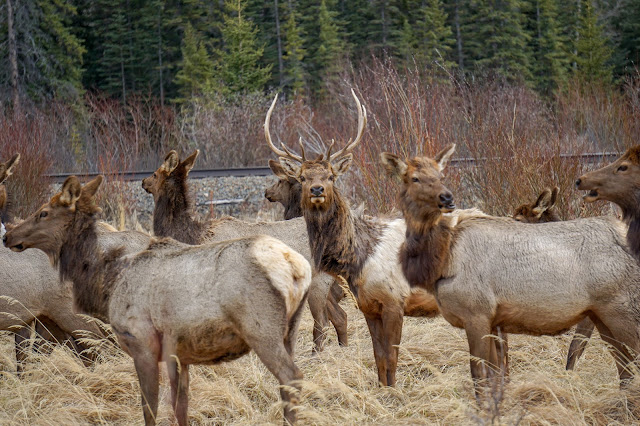2019 Most Common Hunting Violations In Colorado

Hunting violations are easily made when you don’t read the many pages of state regulations. It is extremely important to know your rights and the violations that can be made, especially when you’re handling a firearm, and you’re hunting out of state. However, if you’re an avid hunter, you have to have a general knowledge of the rules in different states. To ensure that you are not fined or are harming wildlife, check out the most 10 violations from 2019. Report: 2019 Law Enforcement and Violation Annual Report . 1. FISH WITHOUT A PROPER/VALID LICENSE; with a total of 620 cases in 2019. This one seems simple, yet, maybe not. Colorado laws state you must have a valid license to fish. A Colorado residents fishing license is $12 for a one-day pass and a non-Colorado resident is $15 for a one-day pass. If you are caught fishing without a license you can potentially be fined for each individual fish you have caught. For more rates on a fishing lice...













